There hasn’t been a horror film quite like director Bryn Chainey’s debut Rabbit Trap this year. It weaves Welsh folklore together with the unease that comes from living in isolation. Powerfully constructed, the film’s use of sound guides us through repressed memories and works best when it’s functioning within uncertainties. From its small cast packed with talent to its picturesque Welsh countryside visuals, Rabbit Trap unnerves but rushes its most compelling moments.
Isolated in a home that looks like it was ripped out of the pages of a Disney princess film are the Davenports, Darcy (Dev Patel) and Daphne (Rosy McEwen). While Darcy spends his time roaming about outside with a large microphone, collecting unique sounds for his wife’s music career, their life is dreamy. Daphne is at a standstill with her creativity, often scrapping everything she worked on the previous day. Their home is littered with large audio equipment, speakers, and turntables, often cutting the electricity to their old Welsh home. While off collecting more samples, Darcy encounters a nameless child (Jade Croot) who shows him a fairy circle, warning of the dangers that could be ahead.
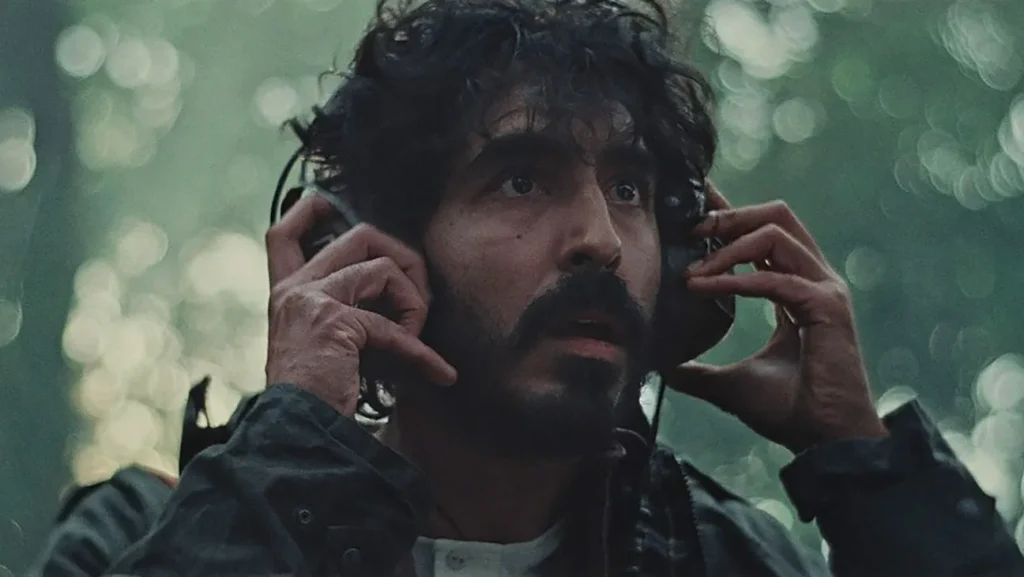
Daphne’s work is completely abstract, lending her voice to the sounds captured with Darcy’s wandering ears. Often sounding like some kind of incantation on its own, when the child enters their lives spouting about local shrubbery and its powers, it feels natural. Soon, the child is offering teas, rabbits, and even recording a string of words for Daphne’s music in a different language. Croot excels in Rabbit Trap with their empathetic performance. Even as the film progresses with the child going unnamed, she’s still able to assimilate with this childless couple.
The film uses sound in a masterful way; it’s an ASMR lover’s dream. The crunching of twigs under booted feet, or even the sensual caress of lovers, elevates the film, leaving no doubts about the connection and depth of Darcy and Daphne’s love for one another. But as much as sound can evoke positive emotions, it can awaken repressed memories that have been locked away. In a sense, the film explores this the most through Darcy, whose nightmares slowly reveal themselves the longer he is exposed to the child. Clouded in what’s reality and what’s illusion, when the child admits that they have no family, their intentions become clear. After a while, the reliance on the film’s acoustics is repetitive and isn’t explored to its potential.
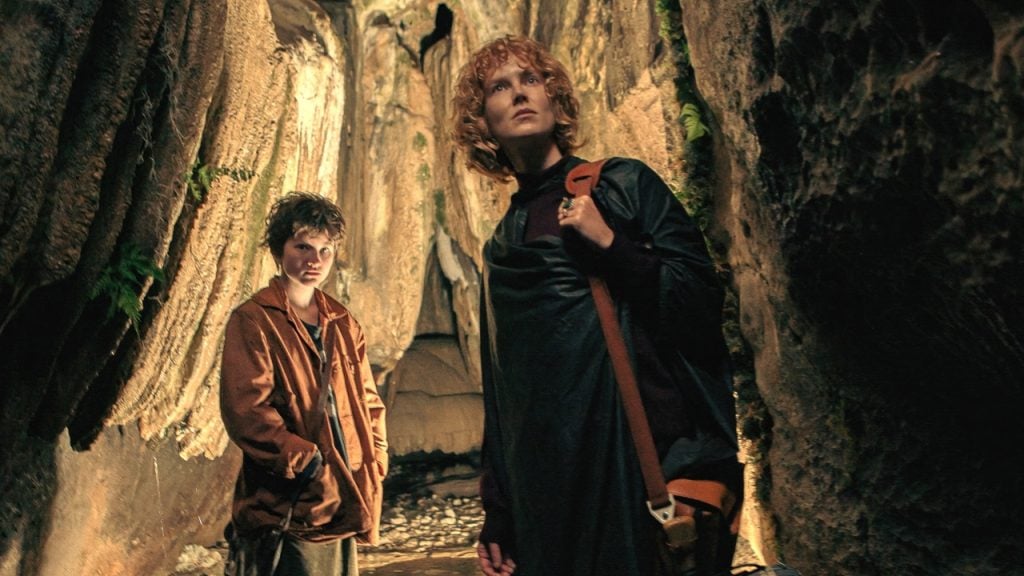
What makes Rabbit Trap compelling to watch is the performances from Patel, McEwen, and Croot. Each is enthralling to witness, all working with tremendous confidence in their talent. Chainey crafts scenes where there is little to no dialogue, leaving the trio to lead scenes with raw emotion. With actors who were any less committed, these scenes wouldn’t play out as well. Their best work within Rabbit Trap comes during abstract moments—those that pose more questions than answers. Darcy is lost in his own head, and Patel plays him well. Paired with McEwen, who plays the livelier of the two, their chemistry is off the charts, especially when they have to communicate without sound. Croot is really the star of the show, playing the child whose performance evokes the same tense atmosphere as Barry Keoghan in The Killing of a Sacred Deer. Her ability to slip effortlessly from a scared, mousy child to head of the household is a sure sign of a bright future for Croot.
Being shut away from the rest of the world comes at a cost, but the endless sea of mountains and forests is surely a perk. Andreas Johannessen’s cinematography shows the land as lush and full of life—a corner of the world that has been untouched for some time. The Davenports’ house is often shown from the outside; Johannessen captures just how isolated these two are, showing landscapes with no neighbors for several miles. Darcy and Daphne are essentially trapped in their home, and as the film progresses, it genuinely feels like they are alone in the world. Johannessen’s work, paired with Chainey’s script, offers a glimpse into trauma with a dark fairytale twist. Wooded imagery with vast mountain ranges holds secrets that this couple can’t name out loud, leaving the viewer to fill in the blanks.
Rabbit Trap leans hard into avant-garde storytelling that pays off if the viewer is willing to immerse themselves in Chainey’s twisted fairytale. What starts off as an exploration of sound’s unique ability to awaken hidden emotions ends with open-ended introspection.
Rabbit Trap is currently playing in theaters courtesy of Magnet Releasing.
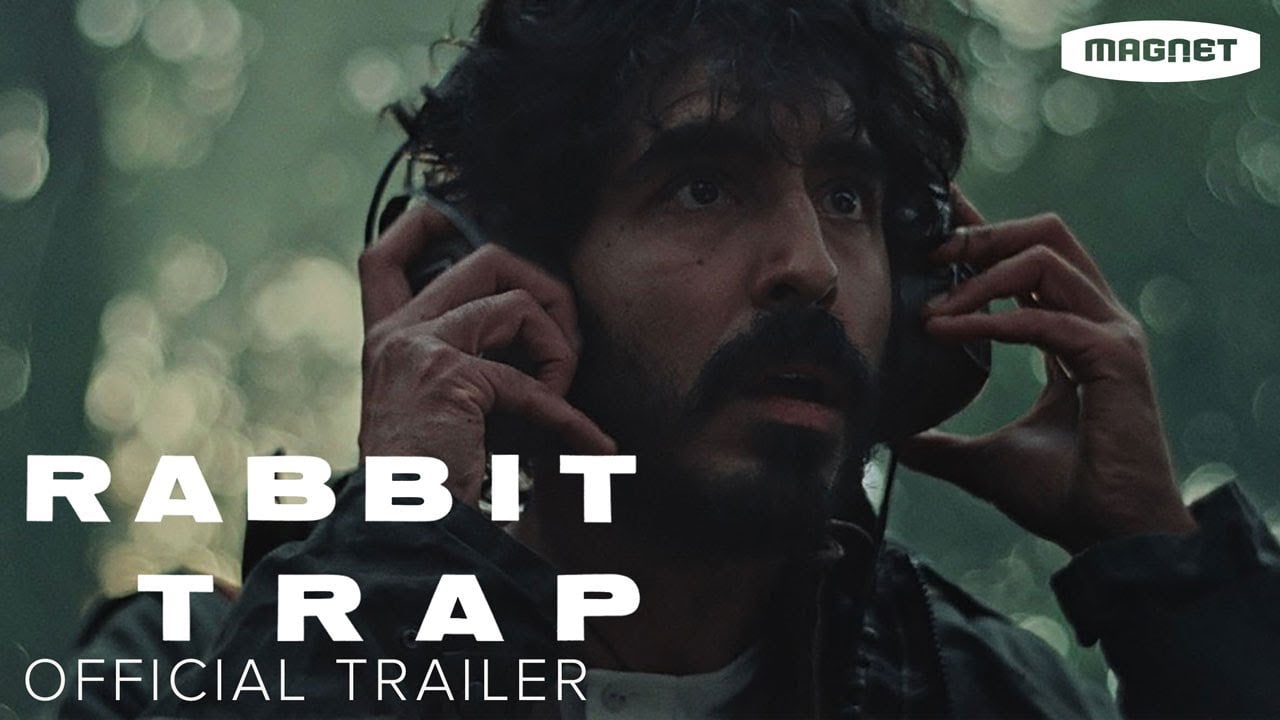
Rabbit Trap leans hard into avant-garde storytelling that pays off if the viewer is willing to immerse themselves in Chainey's twisted fairytale.
-
GVN Rating 7.5
-
User Ratings (1 Votes)
9.7


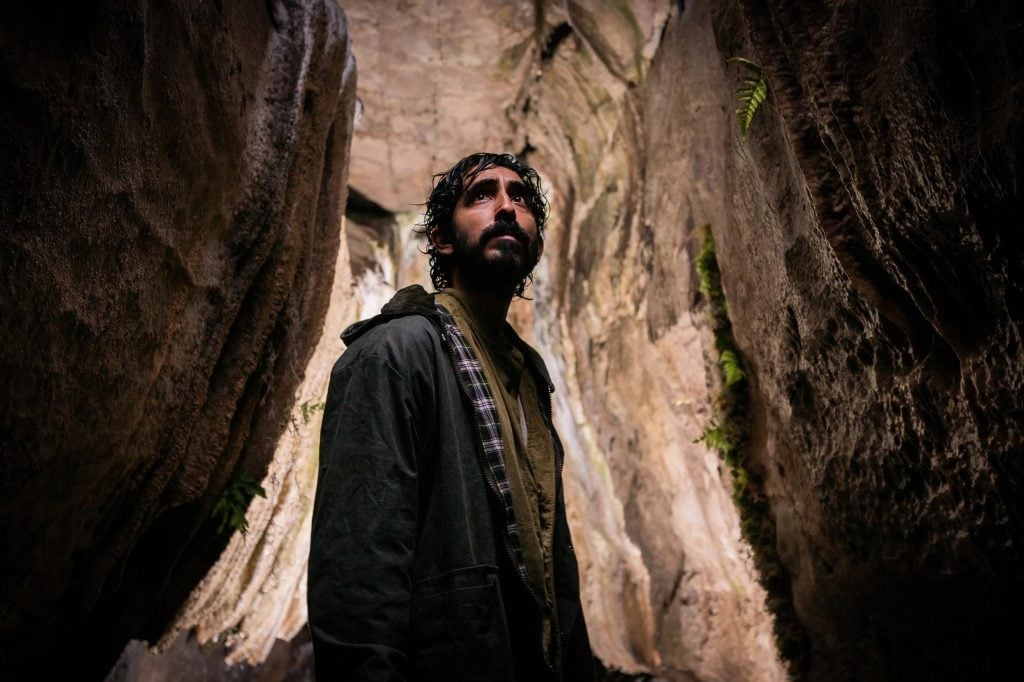
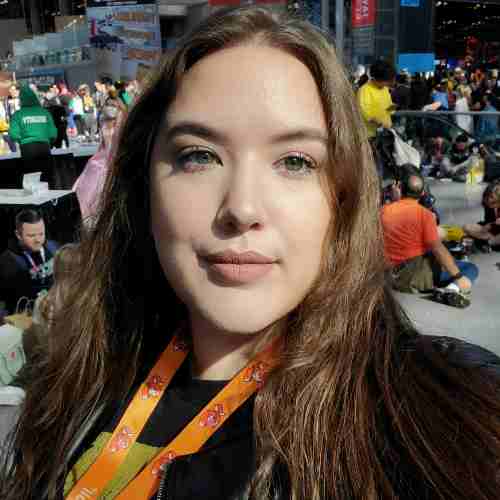

![‘Jay Kelly’ Review – Noah Baumbach Makes A Case For The Magic Of Movie Stardom [NYFF 2025] ‘Jay Kelly’ Review – Noah Baumbach Makes A Case For The Magic Of Movie Stardom [NYFF 2025]](https://cdn.geekvibesnation.com/wp-media-folder-geek-vibes-nation/wp-content/uploads/2025/11/Jay-Kelly-JKELLY_20240523_15320_C2_R-300x180.jpg)

